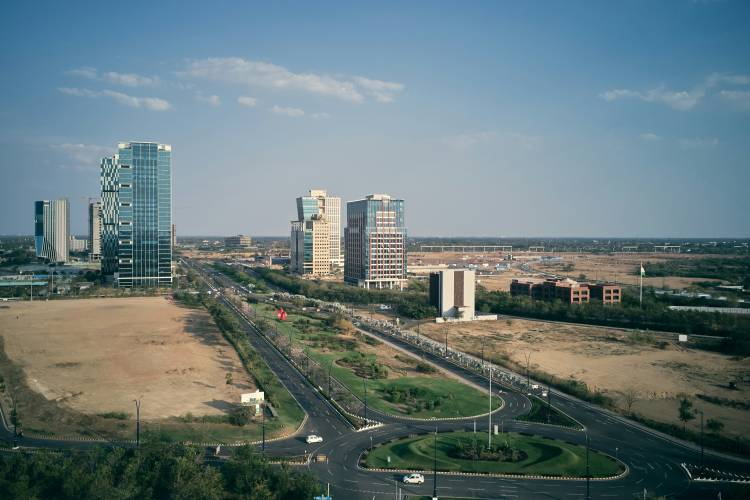
India plans to set up 12 industrial parks in Bihar, Andhra Pradesh, and Punjab, with an estimated investment of Rs 25,000 crore. These projects, expected to attract massive investments of up to Rs 1.5 trillion, are expected to be approved by the Cabinet next week. As part of the government’s initiative to attract foreign investment and boost domestic manufacturing, these industrial parks will function as industrial cities, where residential and commercial setups will coexist.
The government previously announced plans for these 12 industrial parks under the National Industrial Corridor Development Programme during Finance Minister Nirmala Sitharaman’s Budget speech last month.
READ | E-commerce dilemma: India struggles to balance growth and fairness
The vision for industrial parks
Speaking on the government’s plans to establish a network of industrial parks to boost investment, commerce and industry minister Piyush Goyal said these parks would feature large industries as well as MSMEs. India plans to create a golden quadrilateral of industrial parks to enhance exports to $2 trillion by 2030. The government plans to establish 100 fully equipped parks across India, in collaboration with state governments and private businesses. These parks will be located in or near major cities and will offer a plug-and-play environment for investors.
The industrial cities will be developed in Telangana, Andhra Pradesh, Bihar, Uttar Pradesh, Punjab, Uttarakhand, and Kerala. Cities like Agra, Gaya, and Prayagraj are included in the plan.
The goal is to develop these parks following successful models like the integrated industrial township in Greater Noida and the special investment region in Dholera. The parks will focus on industries such as technical textiles, fabrication, electric vehicles, aerospace, logistics, food processing, and tourism. These cities are expected to be completed within three years.
To expedite the project, the government has obtained necessary approvals, including land acquisition and environmental clearances, ensuring the timely construction of these industrial cities.
India has a history of designating special areas to boost trade and commerce such as the SEZs. However, in February, the government announced that it would scrap the Special Economic Zone Act, replacing it with the Development of Enterprise and Service Hubs (DESH) Act. SEZs had not lived up to their potential. But will industrial parks be different?
The SEZ experiment
Special Economic Zones are designated areas with special economic regulations intended to help businesses prosper. Inspired by the success of SEZs in China, the Indian government passed the SEZ Act in 2005. Companies were incentivised with a 100% income tax exemption on all export revenues for the first five years and a 50% exemption for the next five years.
While the initial results were promising, with SEZs growing from 19 in 2005 to over 250 in 2024, the reality was less rosy. The primary goal of SEZs was to boost the manufacturing industry, particularly in sectors like steel, pharmaceuticals, and textiles. However, over 60% of SEZs in India are actually in the IT, ITeS, electronic hardware, and related sectors. SEZs failed in their objective to significantly boost the manufacturing sector. Unlike China, India does not have mega SEZs, and the smaller ones lacked the necessary facilities and high-quality infrastructure needed for manufacturers.
SEZs were often created for political reasons, rather than based on the region’s economic potential. As a result, development did not spill over into neighbouring areas. Over time, companies began to overlook SEZs as the tax incentives became less attractive.
Now, the question is whether the government will face similar challenges with industrial parks or learn from past mistakes. India already boasts several successful industrial parks that have significantly impacted the economy, such as Andhra Pradesh’s Sri City Special Economic Zone and Gujarat’s International Finance Tec-City (GIFT City).
To address the shortcomings of SEZs, the government introduced the DESH Bill. A significant change in the DESH Bill is that the government is not solely pushing exports this time but also encouraging companies to manufacture for both India and the global market. Companies focusing on domestic manufacturing would now be eligible for benefits while setting up in a development hub.
Another key difference is the increased collaboration between the central and state governments under the DESH Bill. Industrial parks are also expected to see greater cooperation between state and central governments. With the lessons learned from the failed SEZ experience, the government might be able to achieve success with this new initiative.
